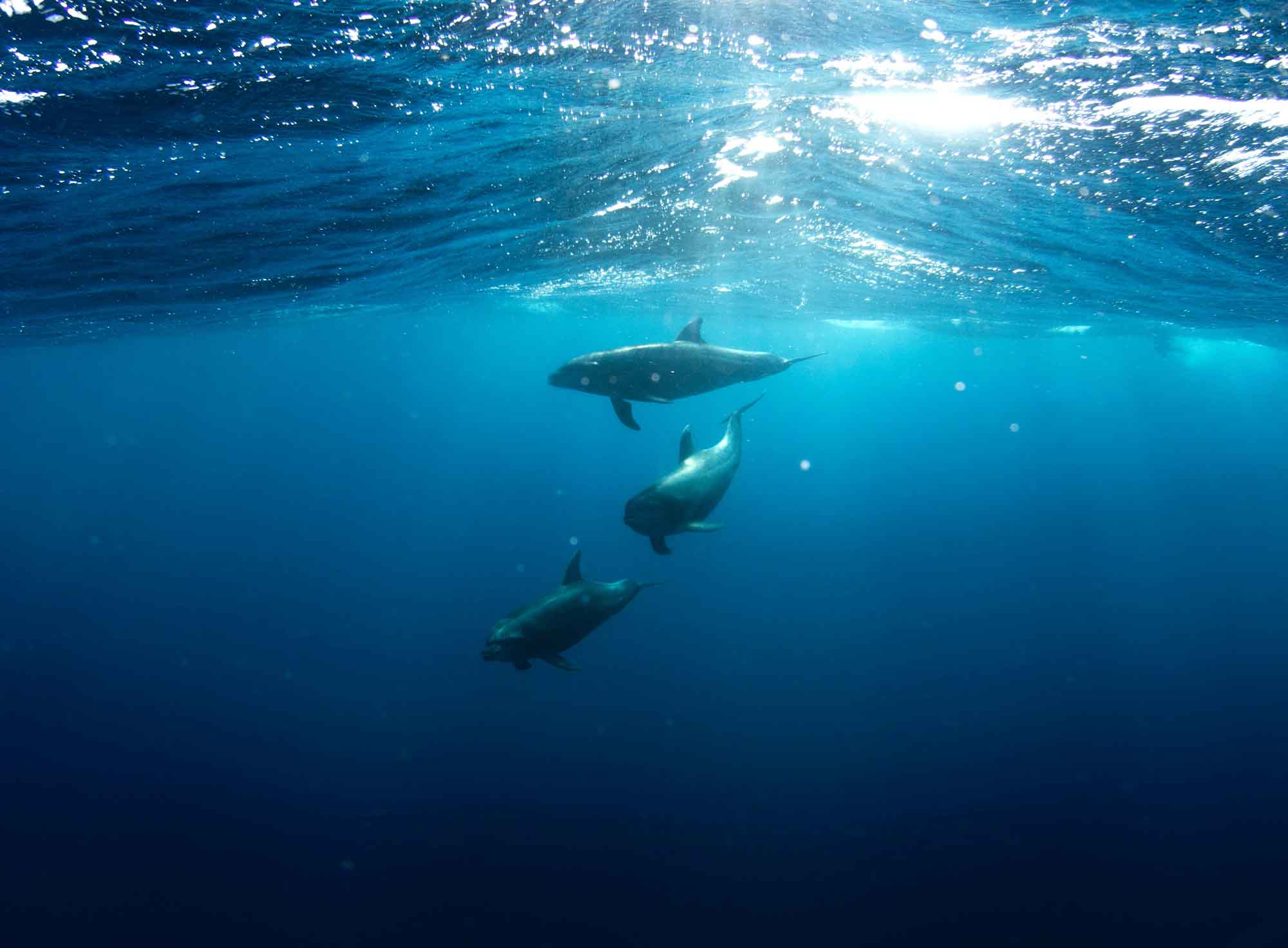Latest PSAC News
Hemmoor Diving Trip – March 2025

Q1: How did the trip to Hemmoor come about, and what made you choose this specific location? A1: Hemmoor has been on my radar for a while due to its...
Read MoreUpcoming Dive
Swanage, Dorset

Date: August 9, 2025 8:00 am
Swanage diving weekend, 9th 10th Aug. Driving down Friday afternoon for shakedown dives on the pier in the evening. The plan is for accessible diving for members of all ratings....
Read More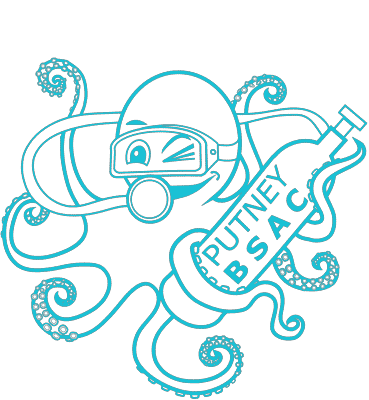
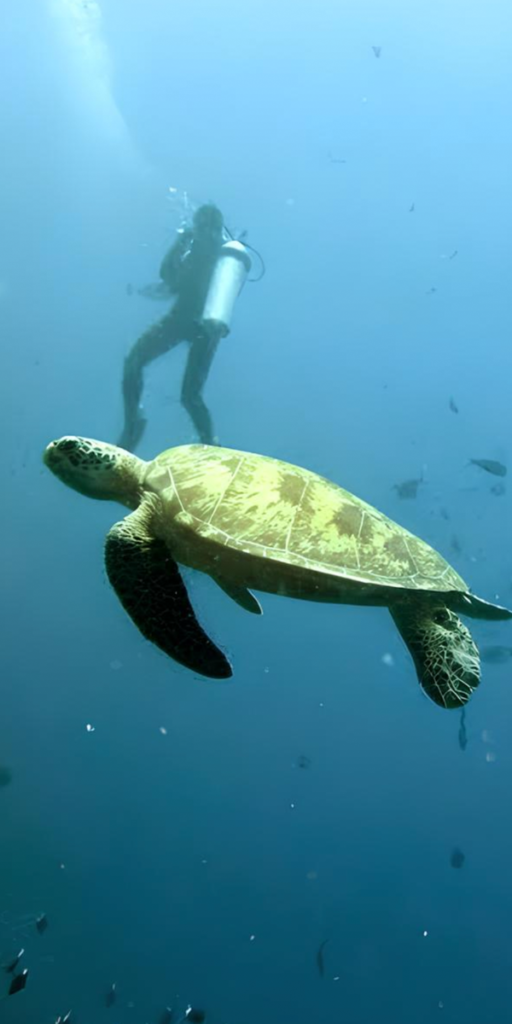
Learn to Dive
We offer a ‘Try Dive’ in our training pool at Putney Leisure Centre for anyone wanting to try scuba diving. This costs only £30 with no further obligations.
If you are keen to carry on learning and want to become a new member of the club then this cost is deducted from your first annual membership fee.
All our training is arranged at cost. You will be trained by a team of volunteers so learning to dive with us is as cost effective as possible.
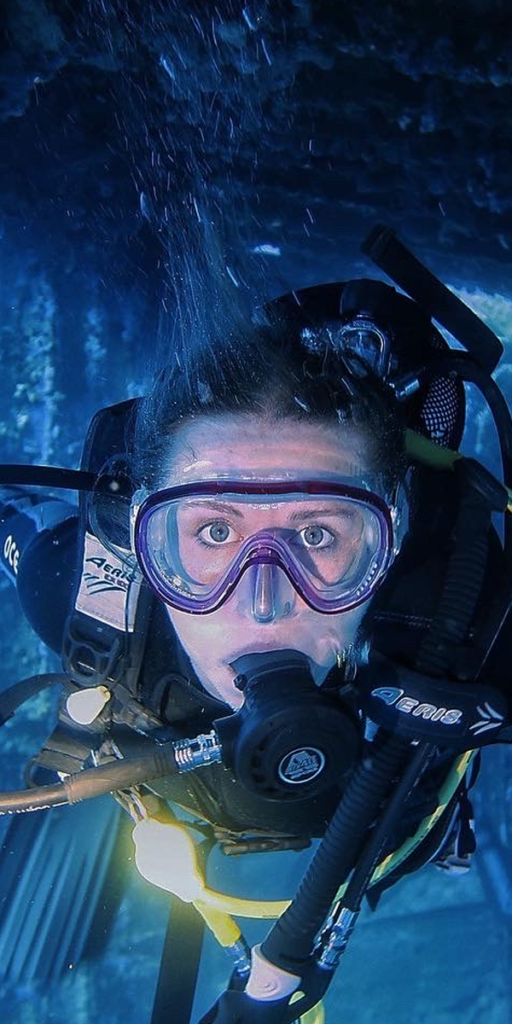
Return to Diving
If you are keen to renew your enthusiasm for scuba diving then you’ll find our talented instructors are always keen to help.
We also offer a refresher dive with one of our instructors for an hour in the pool at £45. Handy if you have an immediate holiday planned and what to rekindle your skills.
Putney Sub-Aqua Club is a BSAC club which means all our instructors are volunteers and do it for the love of the sport. We are a non-commercial club run for the benefit of our members.
We organise diving trips throughout the UK and abroad throughout the year. All costs are shared so this is the cheapest way to dive and share your love of the undersea world.
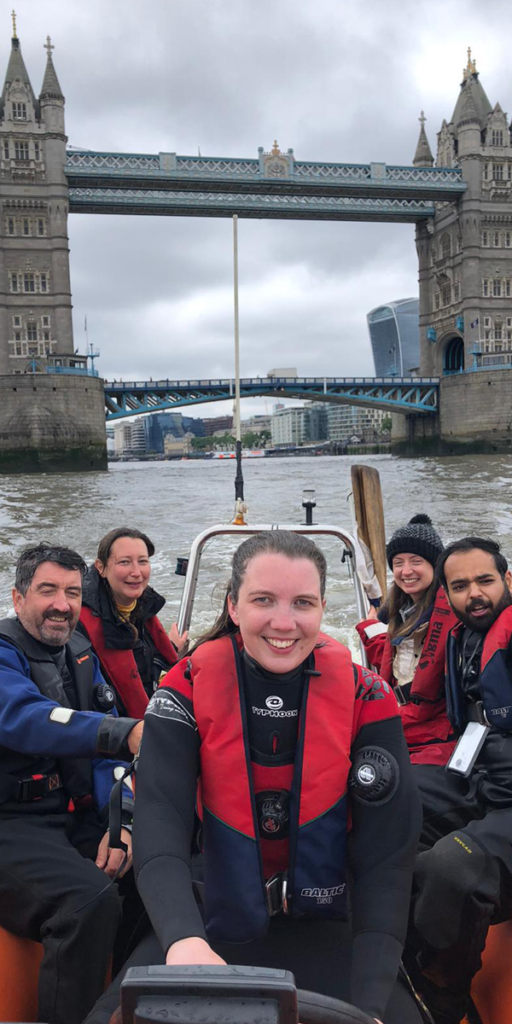
Meet New Friends
The club meets Tuesday evenings for training or you and your immediate family are able to swim in pool area. Members then meet for a drink and some snacks at our club venue on the banks of the Thames.
Members also have access to our own diving boat which can accommodate 6 divers comfortably and a Coxswain. If our boat isn’t seen on the South Coast you might just have seen us out for a spin on the river.
As well as organised dive trips both here and abroad we also have a full calendar of social events. What’s not to like?
We welcome all ages and abilities of adults however we’re afraid the club cannot currently cater for under-18s
unless they can be fully supervised at all time (including underwater).

Recent Dive Trips: West Bay – 20th – 22nd June 2025. Organiser-Stephen Curran
Six divers, a coxswain and one non diving partner went to West Bay on hot June weekend and were rewarded by some spectacular shallow diving scenes but it didn’t go without some hiccups.
Femti, our Rhib was getting her first outing in some time so Steve and Paul tested the engine before leaving the boatyard. She started first time so off we headed into the building traffic, all heading for the seaside. West Bay is a small cute seaside resort with harbour, beaches and all towered over by large sandstone cliffs.
On Saturday morning the rhib headed straight into the waves & it can be a bit much on the spine and the stomach and our first diver became quite seasick and cancelled their dive. The other 5 divers were rewarded with an excellent drift dive on a location called ‘High Ground’ which was only 4.5 metres to begin with but had lots of life and most of the rocks were carpeted with kelp and other sea anemones. (Read more)

Where to find us
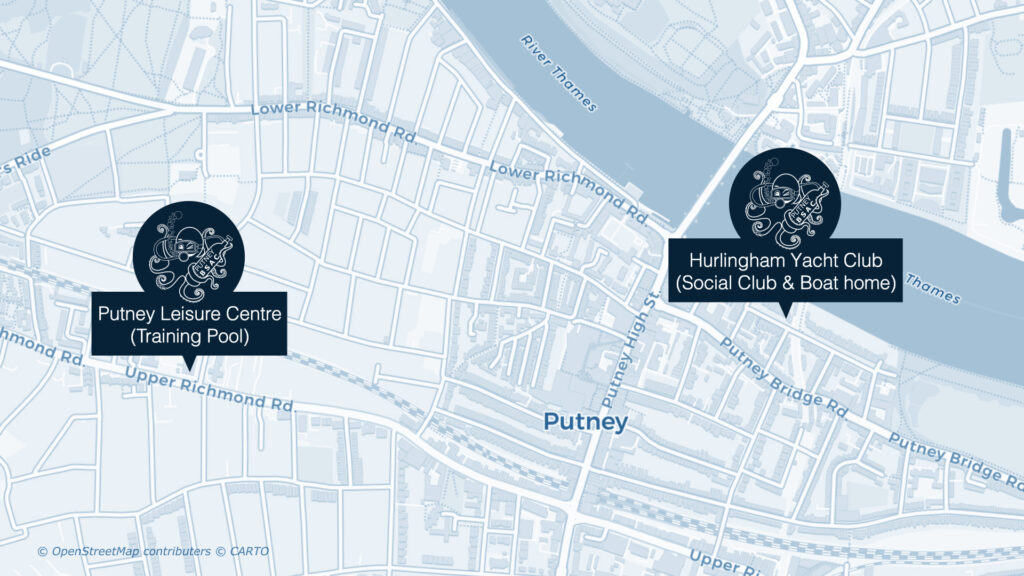
Still need convincing?
Why not email our Membership Secretary with any queries you still have and we’d be happy to give you more details on putneybsac@gmail.com

